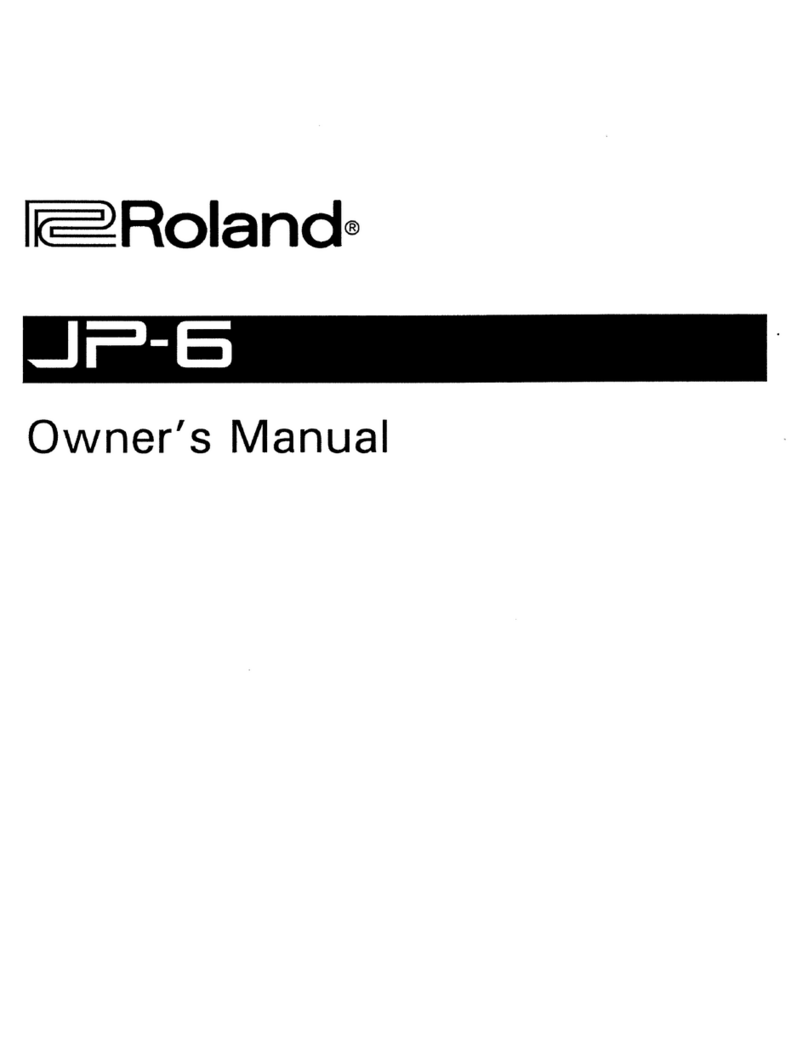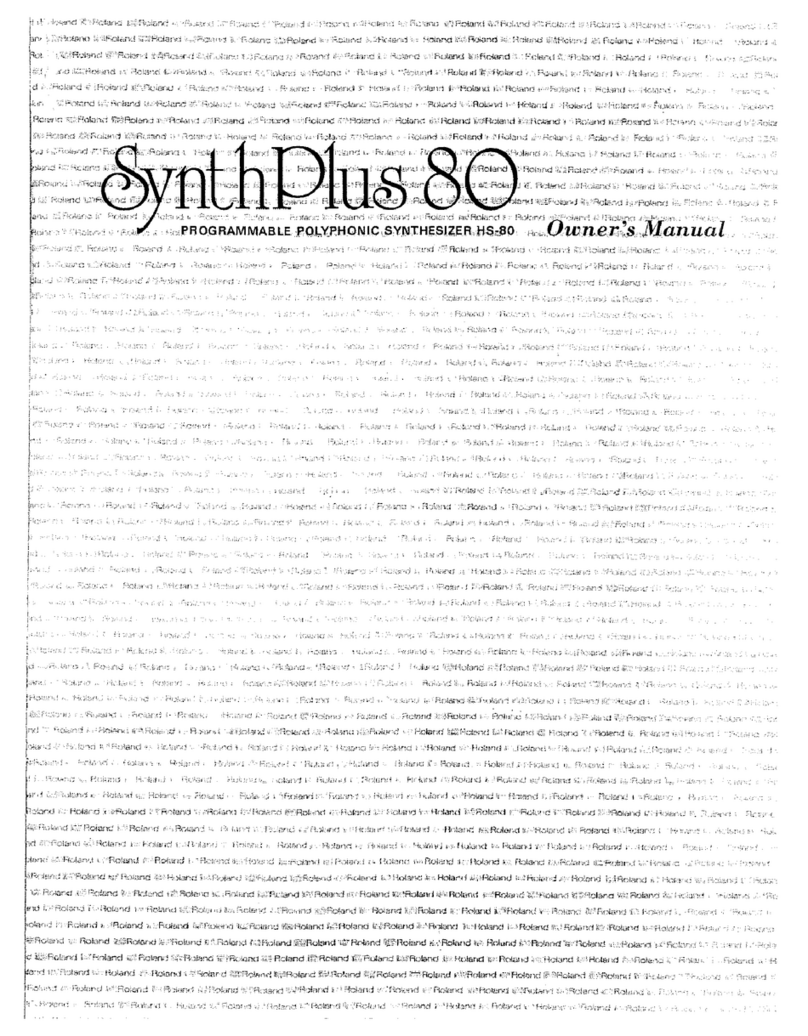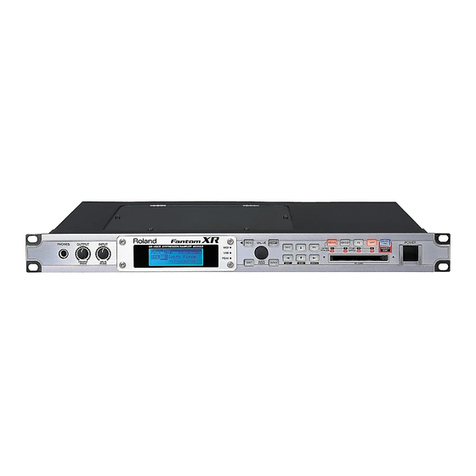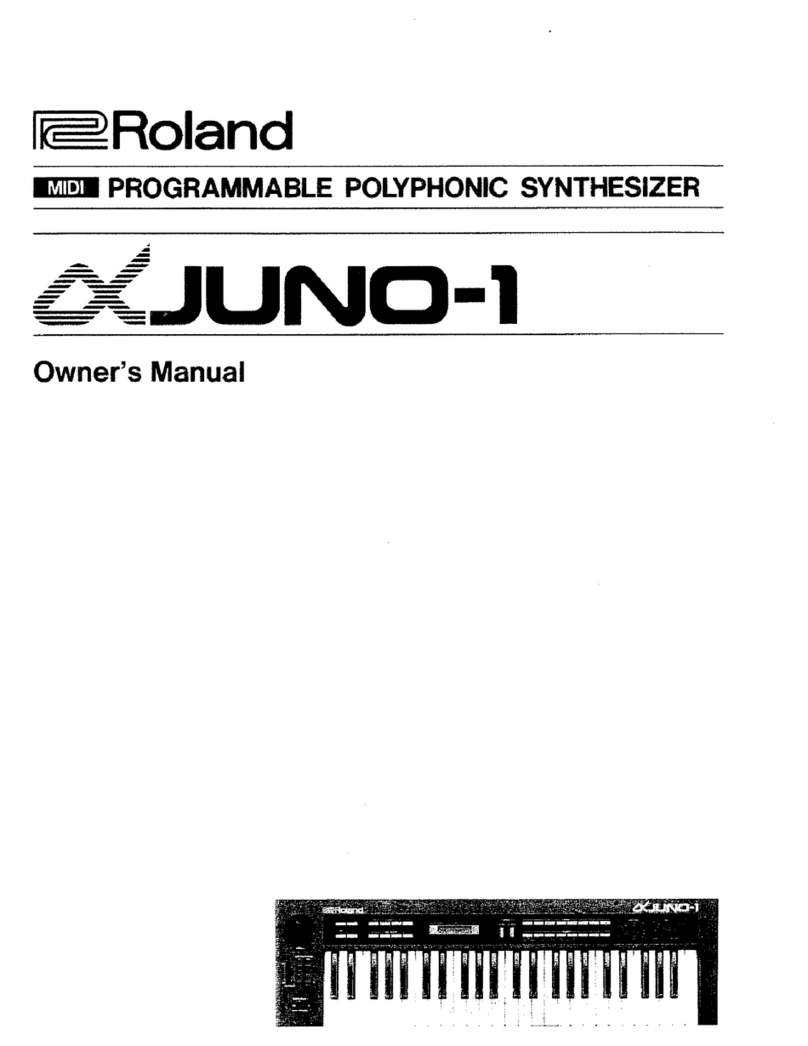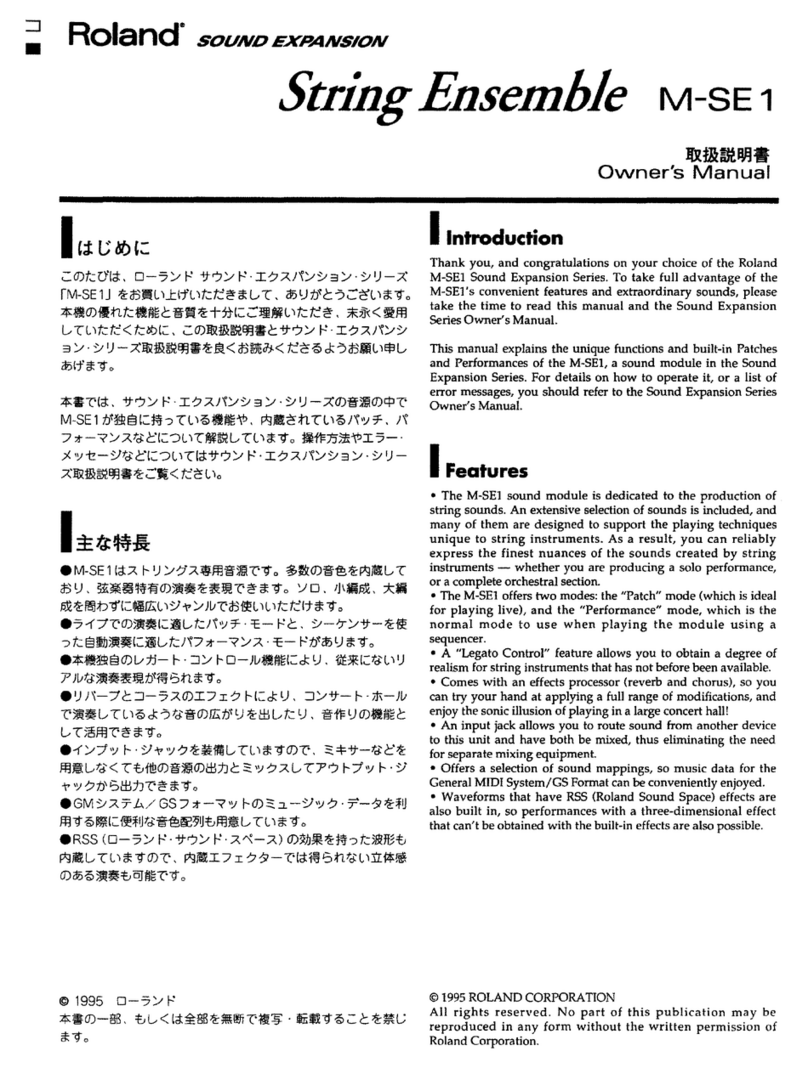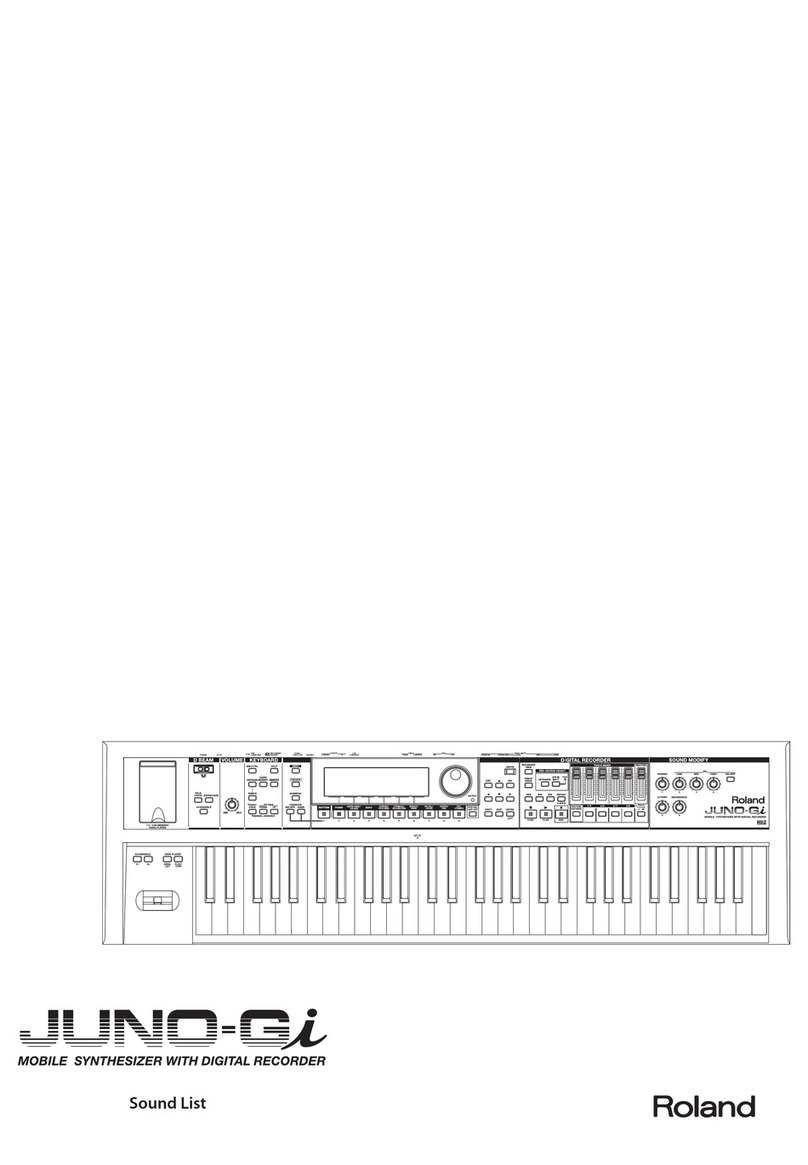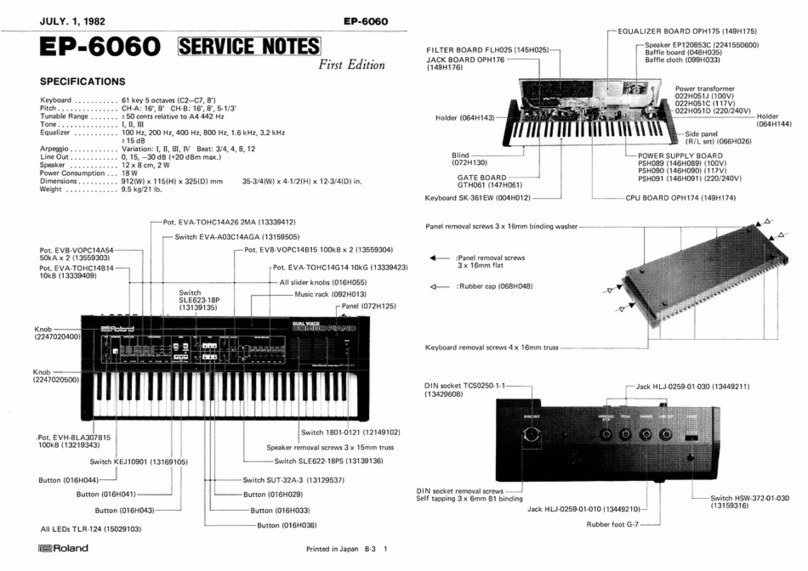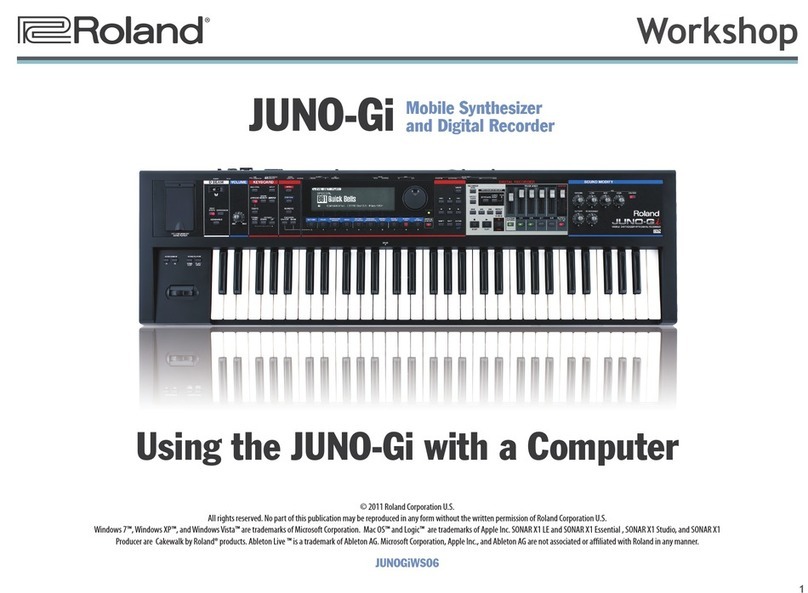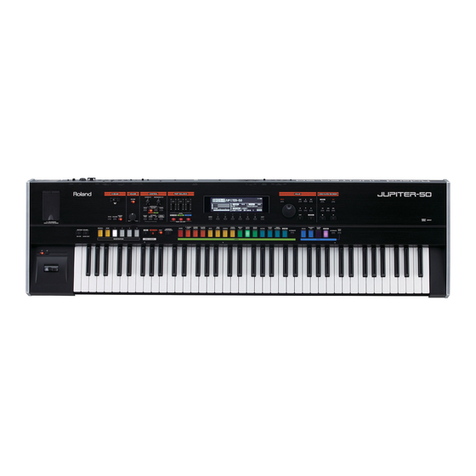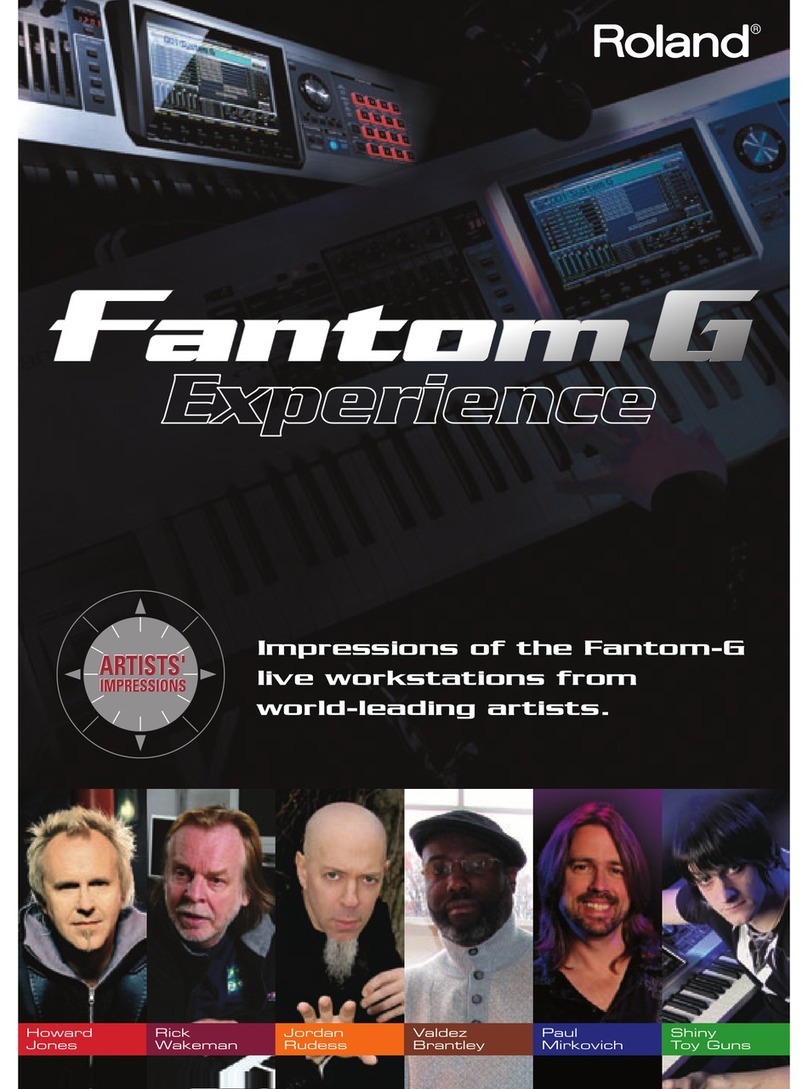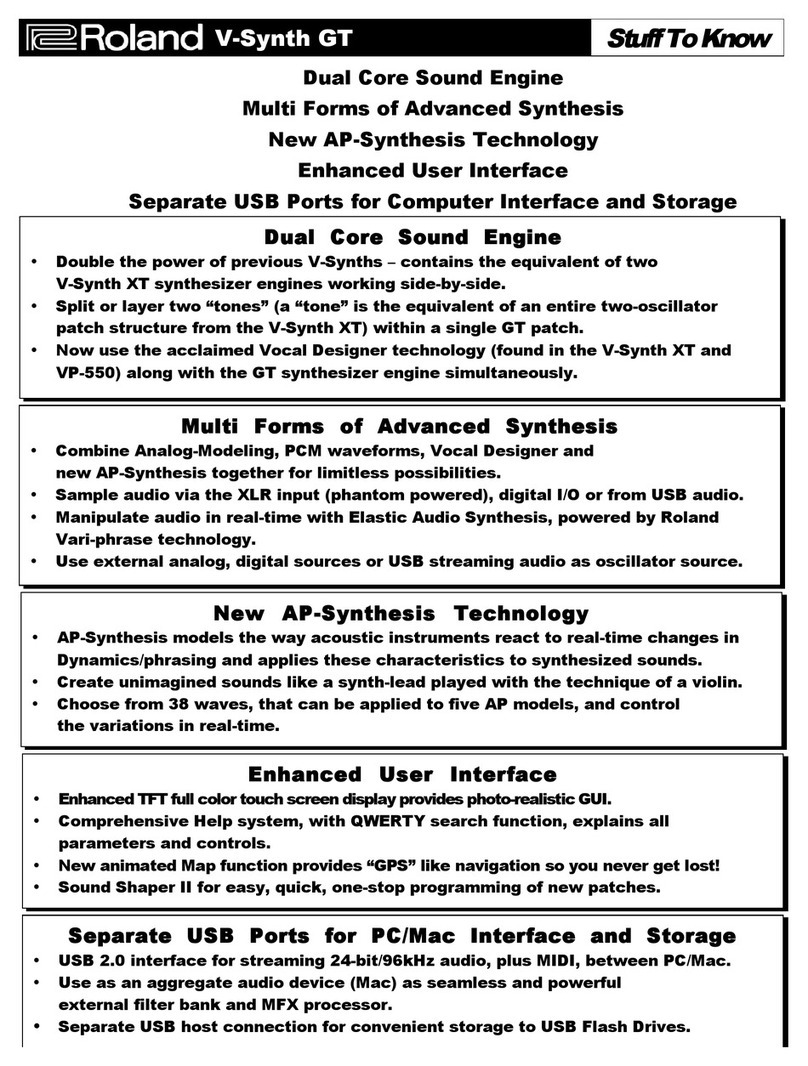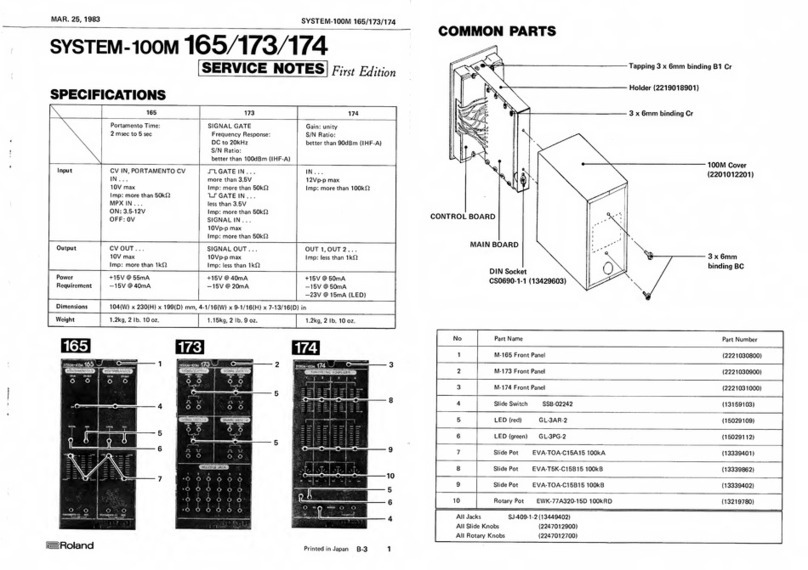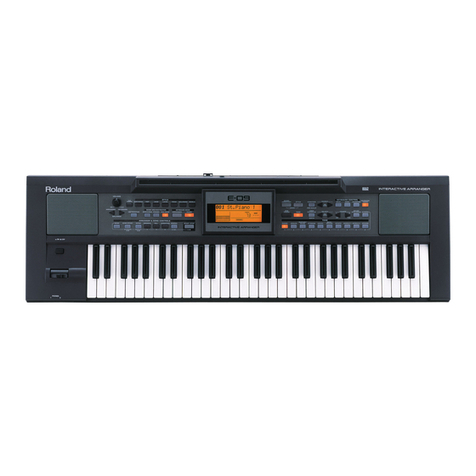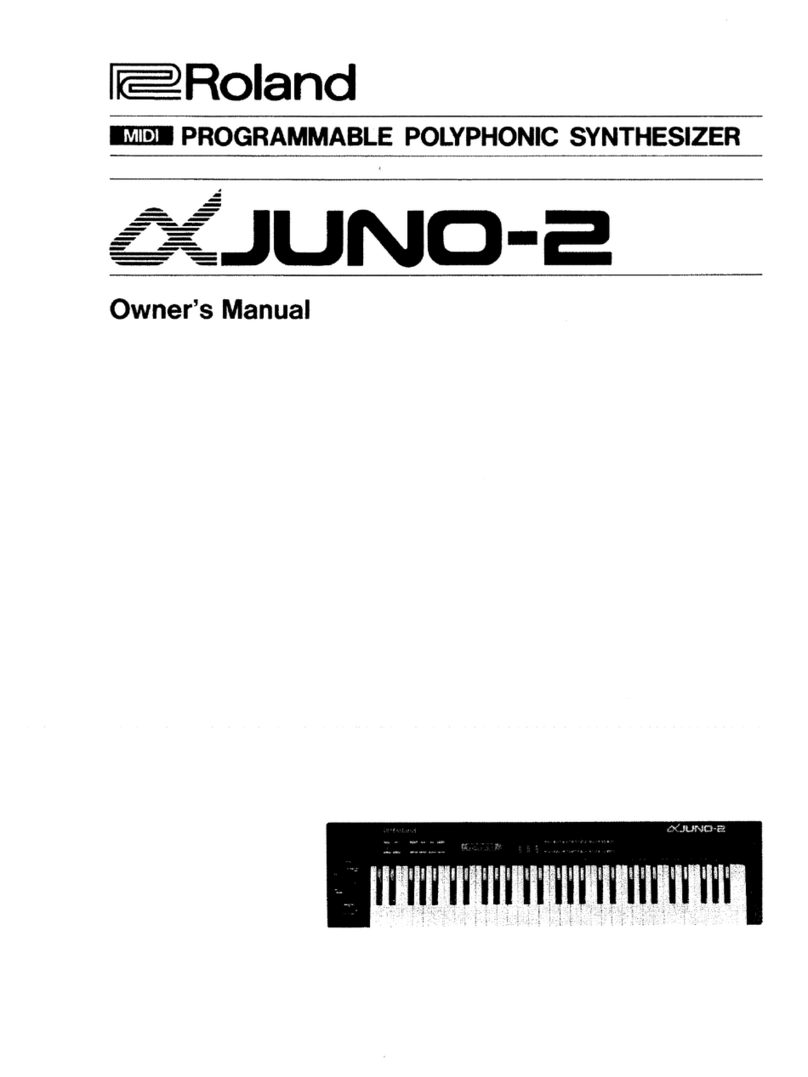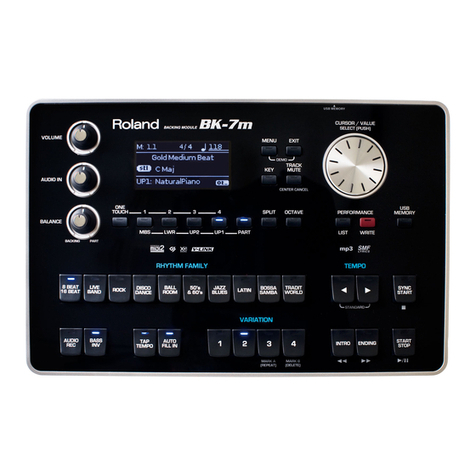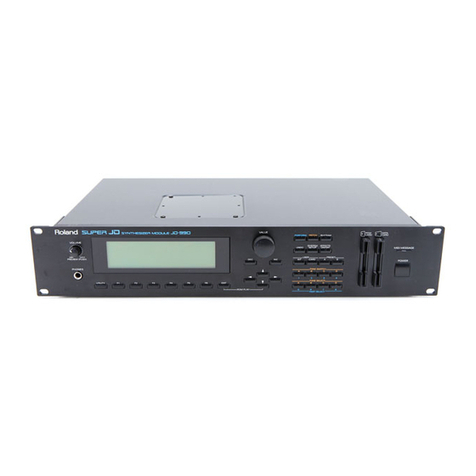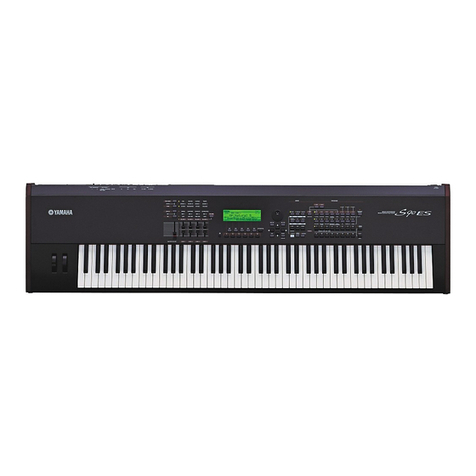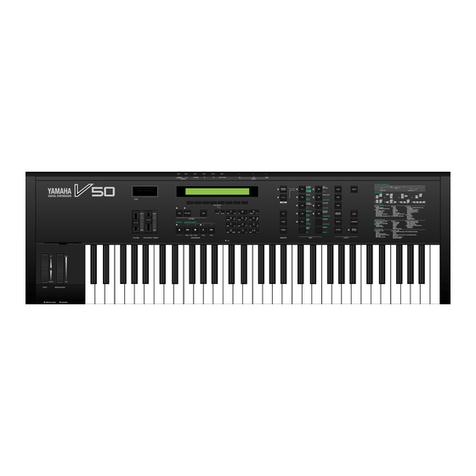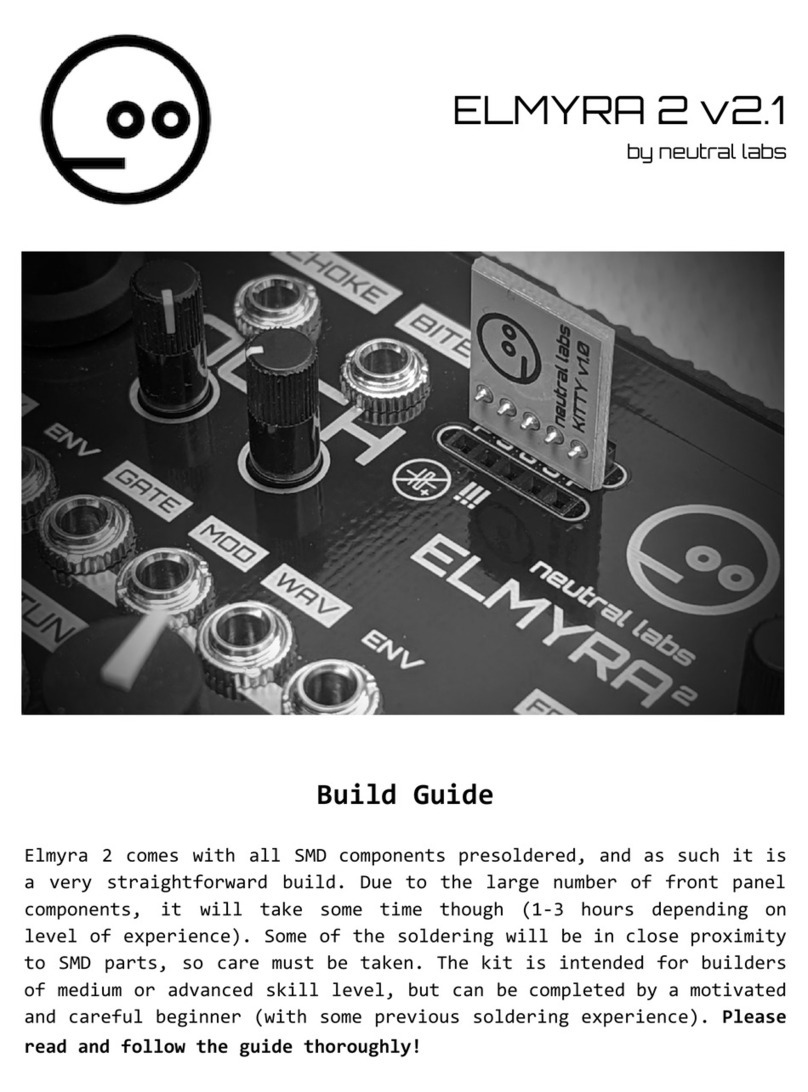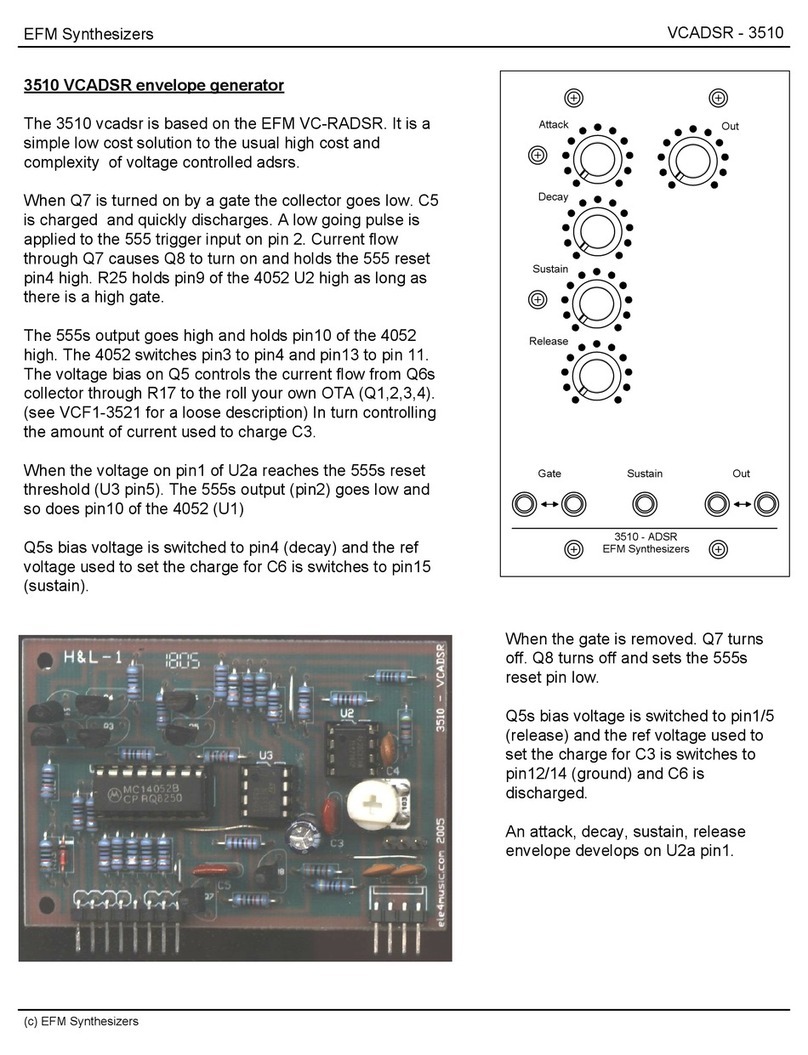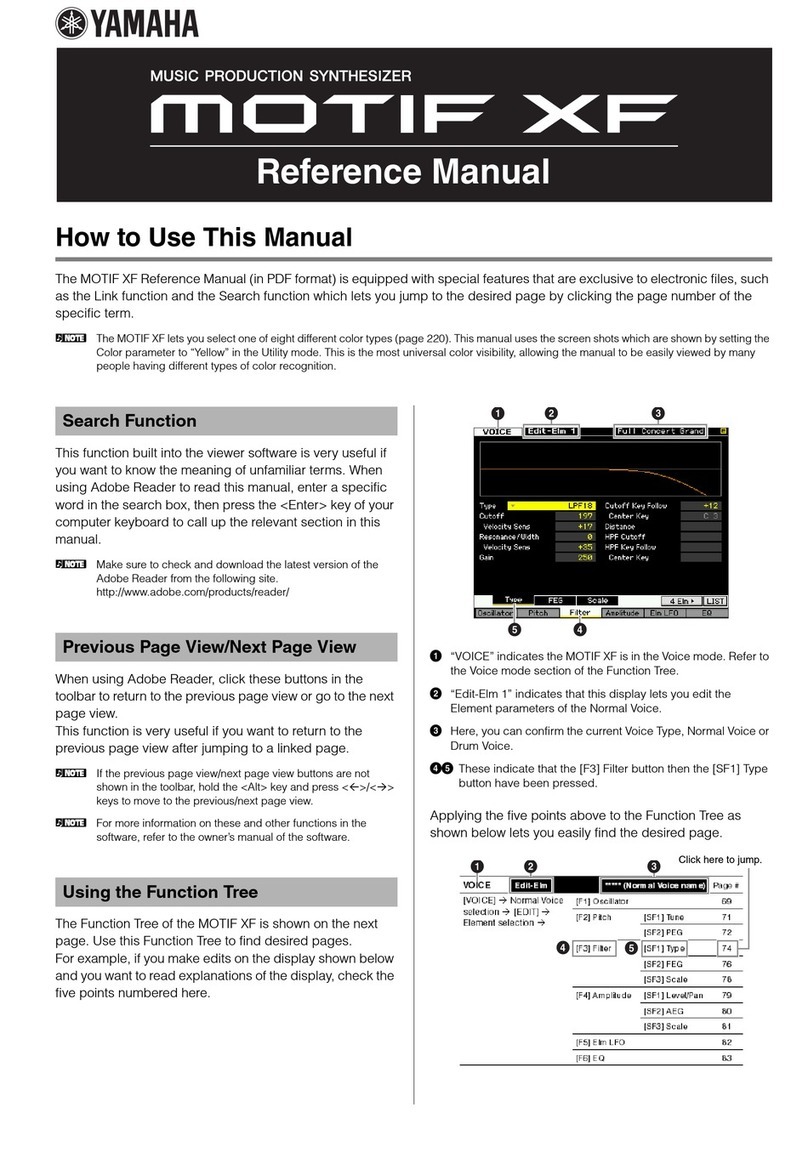The Ij^lning flash wflh arruwhmd symbol, within anM^llatwal
tnan^, is Attended to alert i\B user to the preswKS cA un-
insulated "duiQerous voKage" wtthin the prokict's encksurs
that may tw of suffictent magnttude to constitute ari^ o(
electric shock to persons.
"me exdamatiOT fxMwt&m an equ^ateral Irian^e ebitended
to aien the user to ttw (MBsence or irr^xirtant operalbig and
iTuMntenance (sen^rig) instnjcttons in the lileratira aaxm-
p»iying the producL
IINSTRUCTIONS PERTAINING TO A RISK OF FIRE, El£CrmiC SHOCK OR INJURY TO PERSONS. |
IMPORTANT SAFETY INSTRUCTIONS
WARNING Whaiiraing^ectric products, basic precau-
tiot% ^tkaM ^ways be followed, ^ichidlng
ttnfoHowing;
1. Read aR the instoK^ons before usb^ the product
2. To reduce the d^ t^ ir^ury, dose si^iervision Is
necessoy wrtien aproduct is used nea^ c^iBdren.
3. Oo not use this pnxkxi near wtfer- for exarr^,
nwu- abatrmib. wa^ibowl. kitchen sir^, ^aw^
tfflsement, or near aswbnmJng pool, or the tike.
4. lYis f»oduct shouki be used only with acart or
steuid that ts recommended by (he mareifacture.
5. This product, either ^one or in onnbinalion wtth an
amplifia- and haat^ihones or spacers, may be
capable of (MtMludng sound levete that couki causa
permanerd hear^ loss.
Oo not opiate Im^ along period of time at af^
vfAjme level weU level ^iai is unoxntortedsle. If you
eiqwrienca any heamg kiss or ringing mflie ears,
you shouki cansm an audkikig^.
6. THepnx&JdshoUdbekxaledso&uaHskKattonor
po^iwi does ncri irrterfwe w^ its fvoper venmatkMi.
7. The pn3duct ^wuid be kxated away from heat
sources such as racBalors, hmd registers or other
producte that produce heat
a. The product shoidd avcM using in where it may be
effected by (Ktst.
9. The product ^vx^ be connected to apower stqjpty
orriy of the type descdtied in ^opetaling ktsHnjc-
tons or as marited on Itw prockKt
fO. The power-si^ipty ccvd (rf the product shoi^ be
itfiphiggad from the ouUet whan left unused for a
kxig perkxJ of tbne.
11
.
Do not tread on tha power-su[^ cord.
12. Do not pull the cmxi but hold the plug when
unptug^ng.
13. \Mwn se^ng up wSh my o6m ratnmer^, the
procechra should be lonowed in accordance v^Qi
ftisbudion meviual.
14. Cera shouki be taken so thaa d]^ects do ncM fan and
Ik^kte arB not spilled into the endosura thnw^
t^wnlngs.
15. The pro(hict ^KHikl be ser\riced by edified s^vice
personnet whw:
A: The poww-supf^ cord or the plug has been
d»n^|ad: or
B: Objects have ftilen, or Hqiid has been spilled
mo the product; or
C: The pn)^ict Ivis been exposed to rain; or
D: The product does not appear to operate
nomi^ly or exhHsits anwksd change in p«1or-
manca:or
E: The product has been drc^iped. or meendowre
damaged.
16. Do not atlerr^ to sarvica the procfejct b^ond that
d^crttied hHw user-m^itenaf%» insbuctions. All
other senndng #Kxdd be r^ened to c^iaHfied senrice
pwsormel.
SAVE THESE INSTRUCTIONS
WARNING
THIS APPARATUS MUST BE EARTH GROUNDED.
The three conductors of the mains
lead atta:hed to tiiis apparatus are
identified with color as shov^n in the
table bek)w. toother with the
matching temiinat on ttw UK type
power ^ug. Wlien connecting the
mains lead to ar^t^, be sure to
connect each conductor to the cor-
rect terminal, as indicated.
'Hite imtructiiHi apples to the
fHToduet for United Klnadom."
MAINS LEADS PLUG
Conductor Color Mirit on the mstchlng terminal
Uva Brown Rwl or htur L
Nautili Bluo Black or latter N
Groundbio GrHO-
VBllOW Giaen. Graen-Yellow, lattar E
or symbol
Beicbeinioung dtt HerstellBrs /Irnportmn
Hinmit wird bes^winigl, daQ der/dic/dat
ROLAND POLYPHONIC SYNTHESIZER JU-2
in Obereinitimmung mit den Bnttmmungen der
Amtsbl. Vfg 1046/1984
lAnmUfftmrtiigunil
funlcenatwt isi.
Dh OButtchen Bundeipost wuida d« Inwki^rbringen dines GeritH
•ngeuigt und di« Bwichtigung zur Qberprii^ng der Saria nit Einhiltung
der Bettimmungan Bing«riumt.
RoiarKl Corporation Osaka /Japan
RADIO AND TEifVISION INTERFERENCE
'WamtoB -TNI* oquipmanl hai tean varifwd lo comply oHh iha ItmHB lot CMli BEompuUng davtea.
IHiruiani lu Sulipan J. o* Pan IS. ol fCC mm. ^aration lOHh RDn«anilla« o- -'—
IT •Clau Bceminitina
Thl» BouvnuH ha» b
oaviCB w(cconlanca «Mih IM iptcilieationt mSutvM J. of fan IS, of HX Ri^aa TIwm nilaa art
aawsnad Kprauala rauumabM unriaatun agmniu «ikM atraaHaranea nnnMHiUil inHMHKin
HotHoar. Dtara Nno Buarantaa that itw imaWatanea wUI noi dccui in paiMular inaiaUaiMn. 11 ihli
attuipmanl Ooai Eauaalmarfaranea la '*« or tatavialm raeafi^an. whiEh can b* iMarniinatt 1^ luming
md all. Iha ibmk •* ancouranad lo tn- id UHtao Ilia tmartatanea tw Iha
la ona uda or iha mhmi dI iha TV or ladia.
fanhar awav (rhti iha TV at imJid.
Mia an oullBI Iha) «on diTfaiani a
Tim tuniUal na*a<laMic tiom tha U.S. Qnvarnmani IVmimg Otfica, Withtnglm. DC. TtMOI,
Please read the separate volume before reading this owner's manual
Copyright ©1985 by ROLAND CORPORATION
All rights reserved. No part of this publication may be reproduced in
any form wnthout the written permission of ROLAND CORPORATION.
